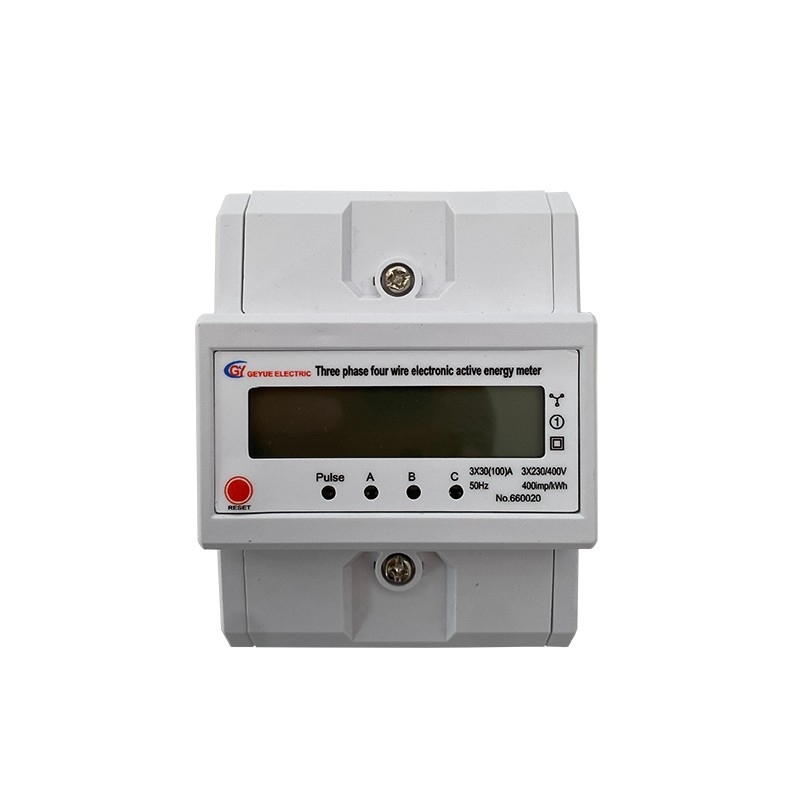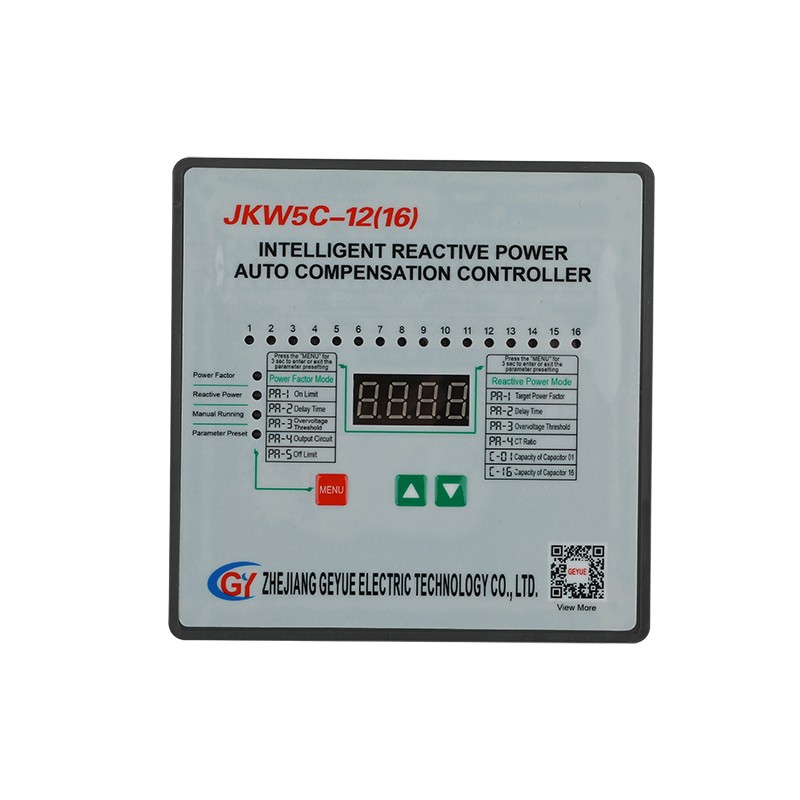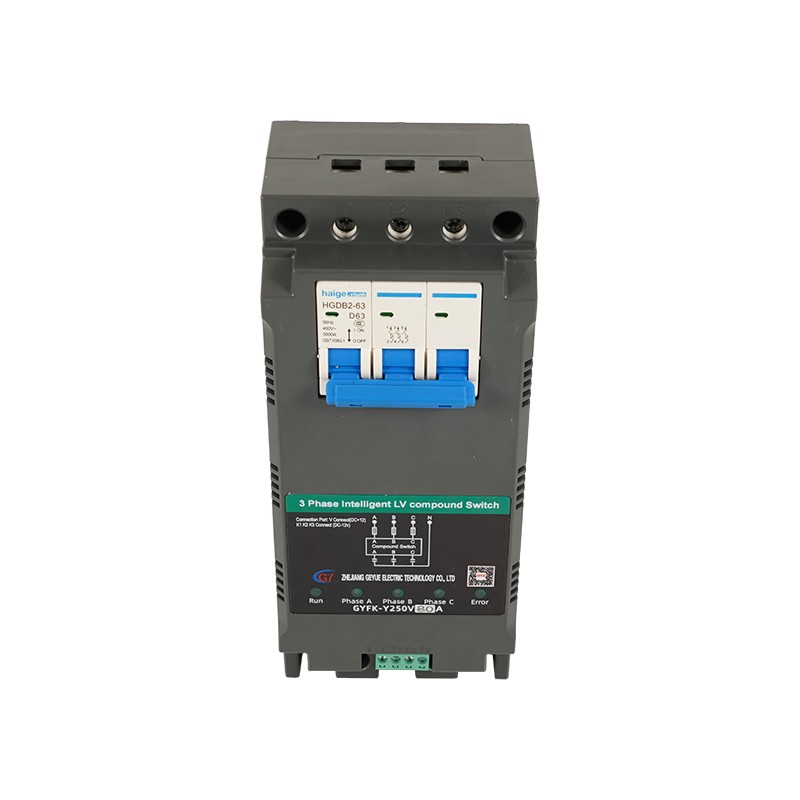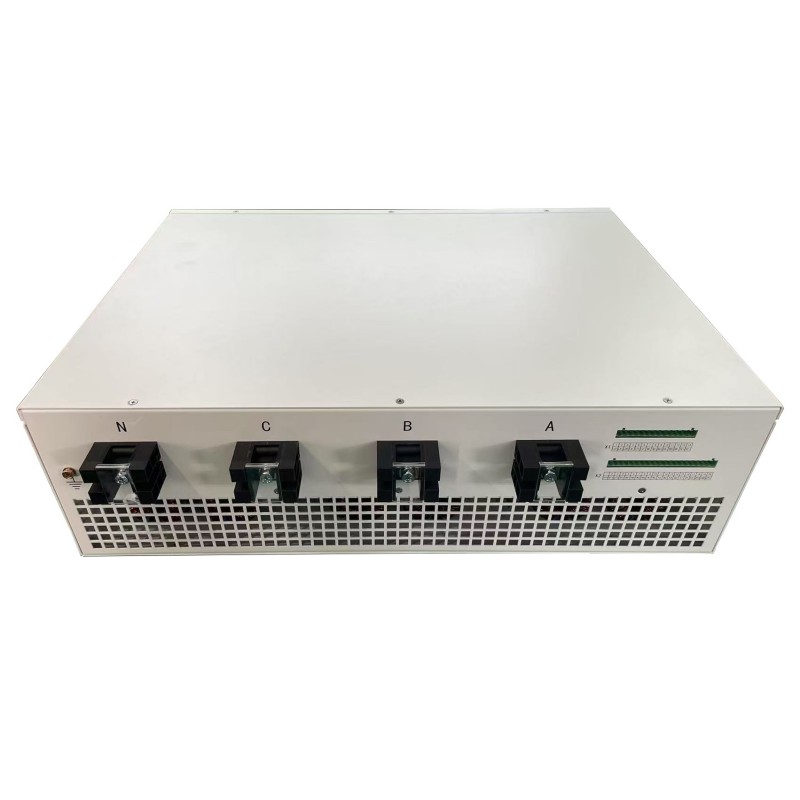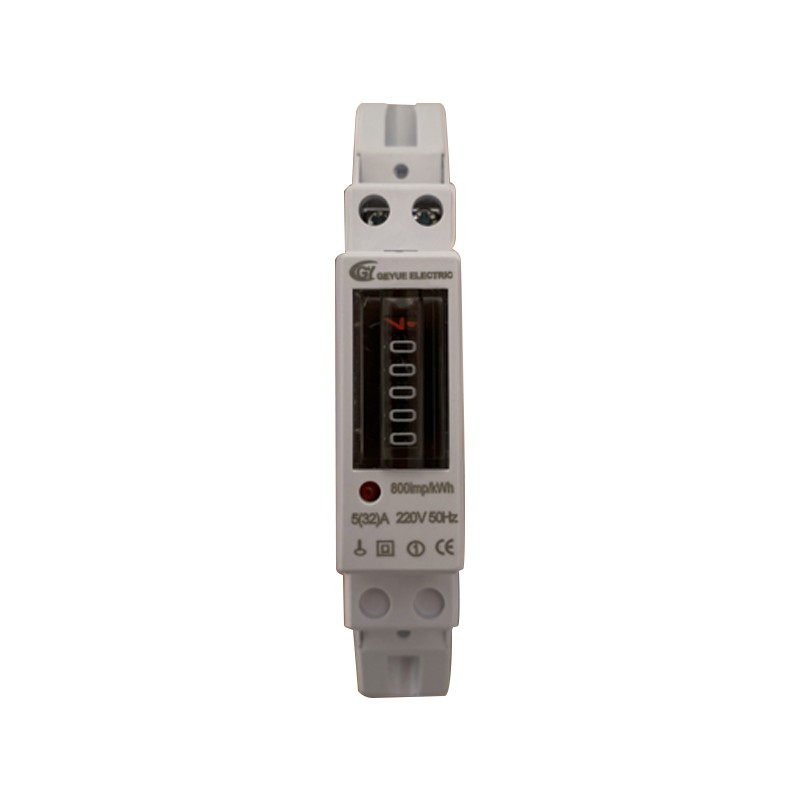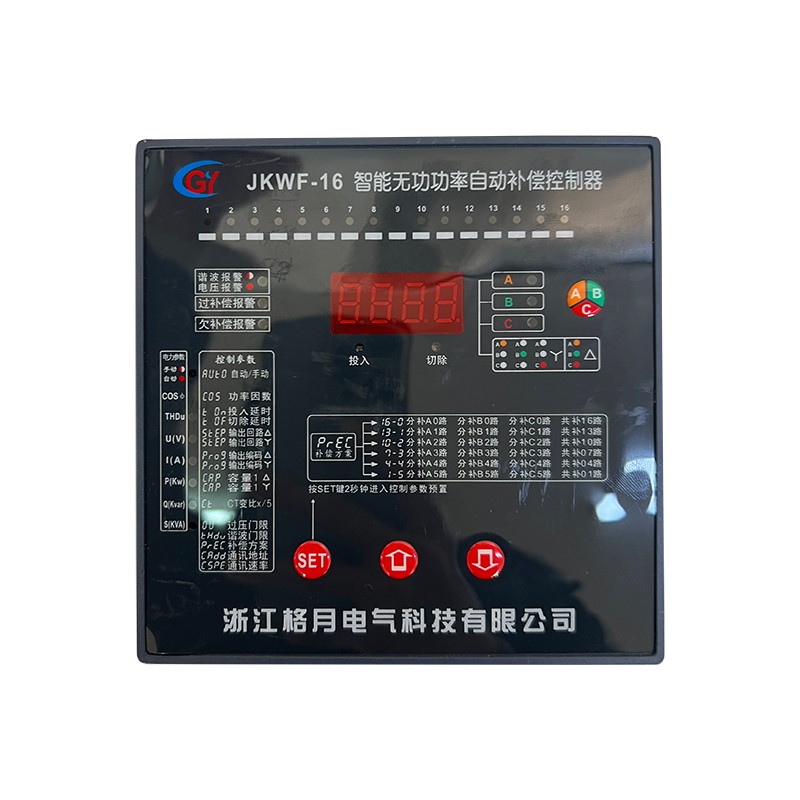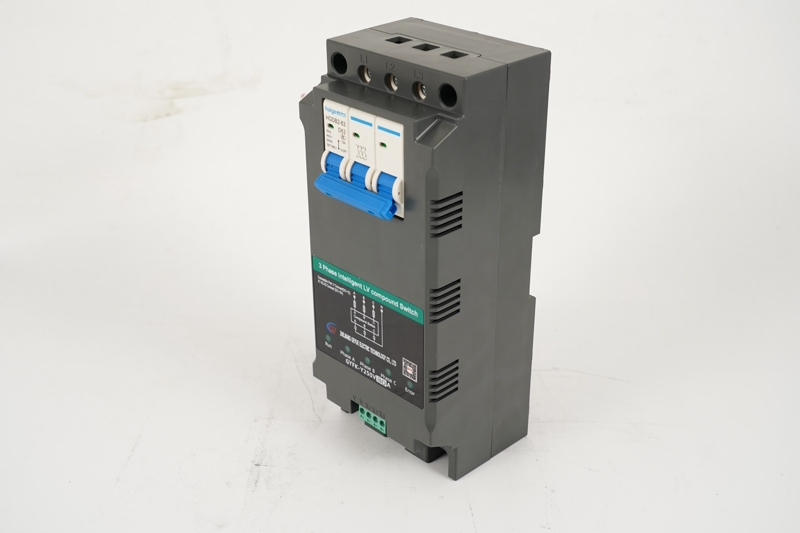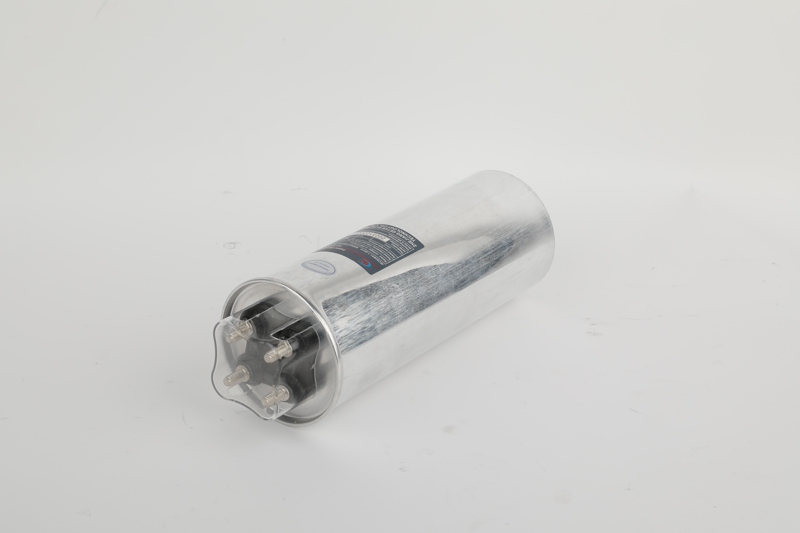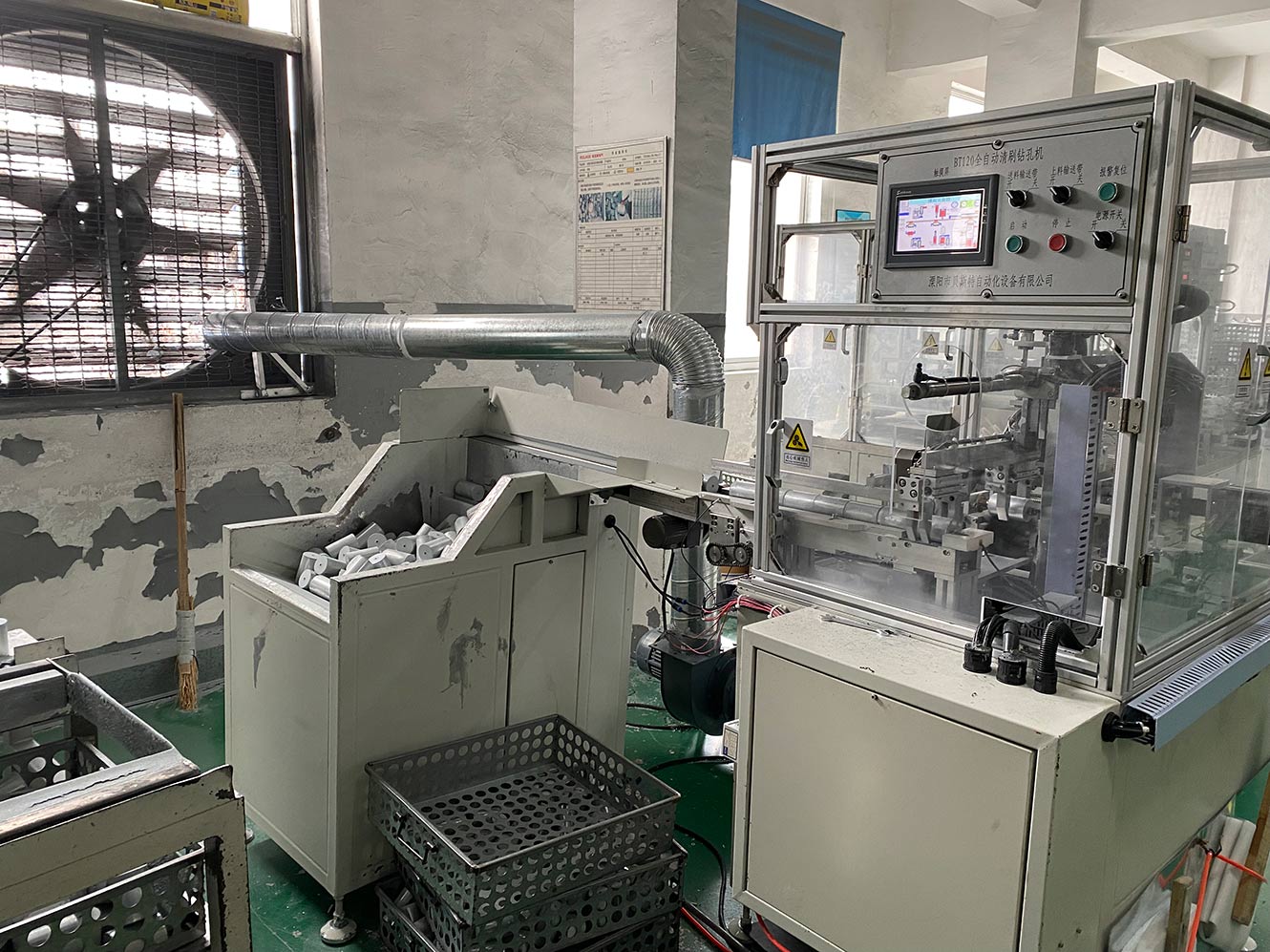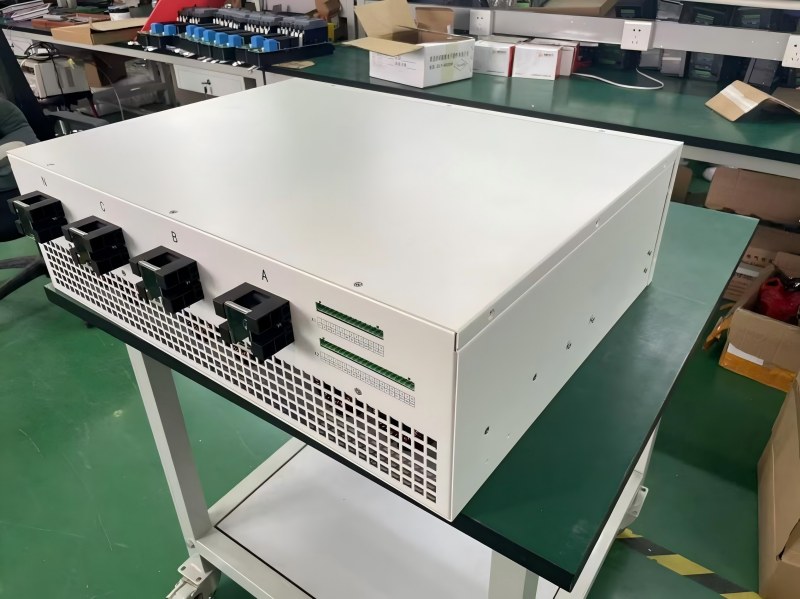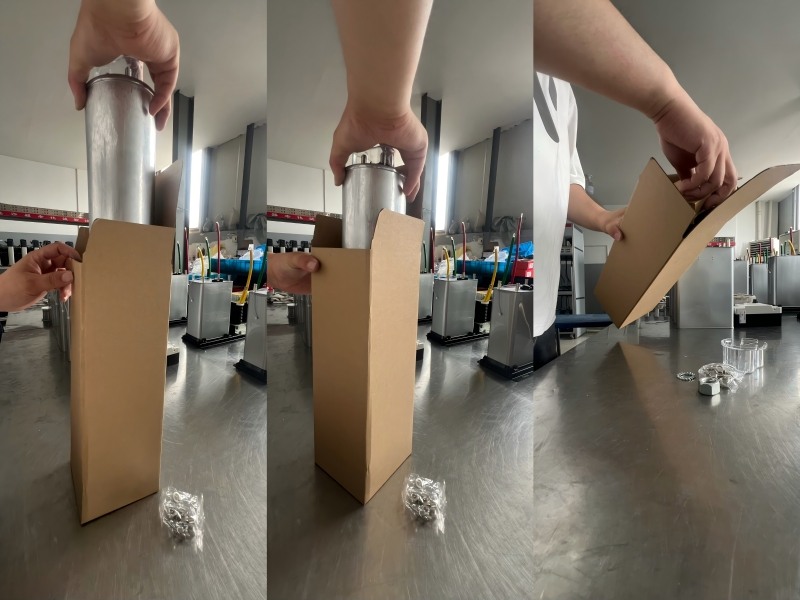Where Are the Pain Points and Development Opportunities of Low-Voltage Reactive Power Compensation in Rural Power Grid Renovation?
With the continuous advancement of the rural revitalization strategy and the rapid improvement of rural electrification levels, the rural power grid is undergoing a profound modernization transformation. In this transformation, low-voltage reactive power compensation, as a key link for improving power quality, ensuring grid safety, and reducing line losses, is becoming increasingly important. Geyue Electric, as a manufacturer with a long history in the power industry, deeply understands that the uniqueness of the rural power grid presents unique challenges and opportunities for low-voltage reactive power compensation. Clarifying these pain points and seizing the development opportunities hidden within is of great significance for promoting the high-quality development of the rural power grid.
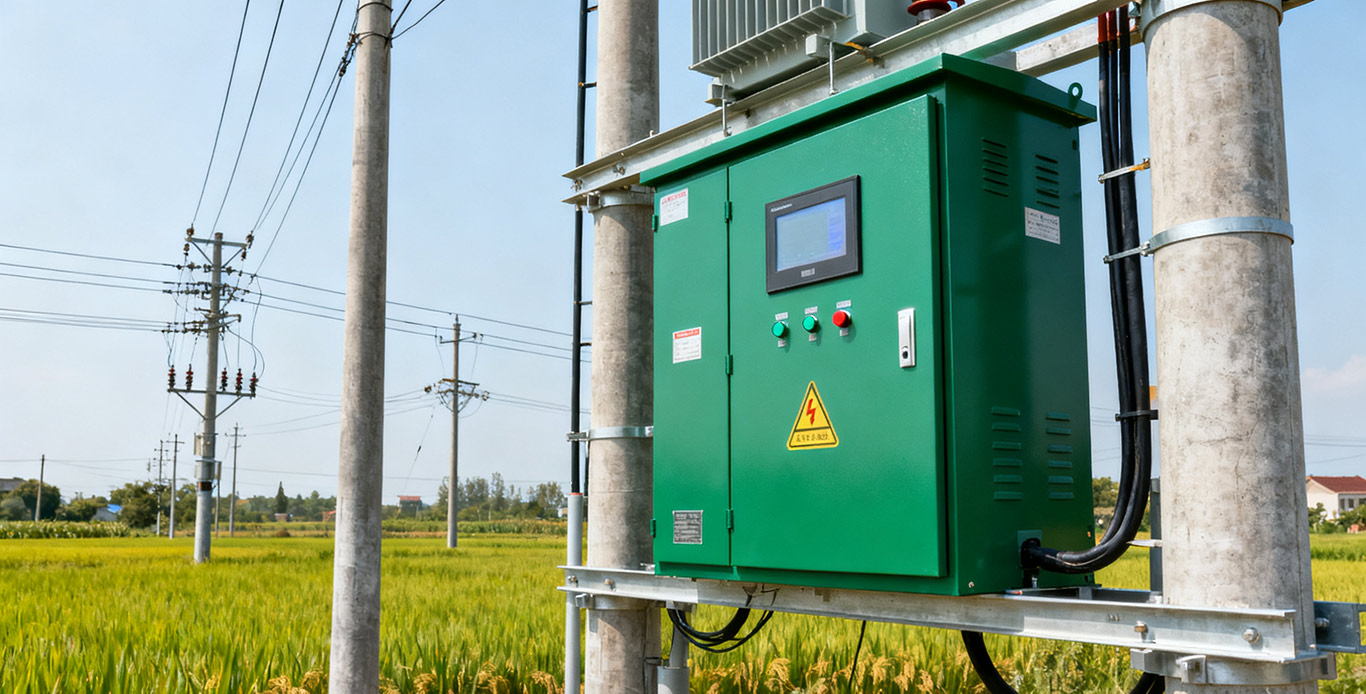
The Practical Predicament Faced by Low-Voltage Reactive Power Compensation in Rural Areas
The load characteristics of rural power grids differ significantly from those of urban power grids, which directly determines the particularity of low-voltage reactive power compensation in rural power grids. The load of rural power grids exhibits distinct features of scattered distribution and strong seasonality. Specifically, the daily load rate of rural power grid is relatively low, but during specific periods such as irrigation seasons and holidays, the load of rural power grid shows explosive growth. This sudden increase and decrease in load characteristics pose extremely high requirements for the adaptability of low-voltage reactive power compensation equipment. The traditional fixed compensation method is difficult to track the rapid changes in load and is prone to over-compensation or under-compensation, which not only fails to improve the voltage quality but may even exacerbate the fluctuations in the power grid.
The harsh operating environment of low-voltage reactive power compensation equipment is an inevitable and unavoidable practical problem in rural power grids. Compared to urban distribution rooms, rural distribution facilities are often directly exposed to harsh conditions such as high temperatures, high humidity, dust, and salt fog. In summer, the temperature of transformer areas can reach above 60 degrees Celsius. The air contains abundant agricultural fertilizer dust and salt fog from coastal areas, which all impose far higher requirements on the protection level, insulation performance, and anti-corrosion ability of low-voltage reactive power compensation equipment than conventional standards. In this environment, the lifespan of the capacitors in the complete set of ordinary low-voltage reactive power compensation equipment will be significantly shortened, the corrosion of components will accelerate, resulting in frequent system failures and high maintenance costs.
The shortage of professional operation and maintenance personnel has become a soft weakness in rural power grids. In vast rural areas, there is a lack of professional power operation and maintenance personnel. Village-level electricians usually can only perform simple operations such as opening and closing switches. They lack the necessary knowledge reserves for setting parameters of low-voltage reactive power compensation equipment, judging the operating status, and diagnosing and handling faults. This results in that once the compensation equipment malfunctions, it often cannot be dealt with promptly and effectively. Minor faults will escalate into major problems, ultimately causing the compensation equipment to stop operating and the reactive power compensation device to become ineffective.
Solution Innovation Brought about by Technological Evolution
In response to the specific demands of rural power grids, low-voltage reactive power compensation technology is undergoing targeted innovations. It is worth noting that the low-voltage dynamic compensation technology, with its rapid response capability, is becoming an effective means to solve the problem of rural load fluctuations. The low-voltage dynamic compensation device, when used in combination with thyristors or composite switches as switching devices, can precisely switch on and off the capacitor bank within milliseconds, and effectively avoid over-compensation and under-compensation by tracking the changes in reactive power demand in the power grid. This low-voltage dynamic compensation scheme is particularly suitable for scenarios with significant load fluctuations, such as rural small processing enterprises with concentrated irrigation electricity usage. This low-voltage dynamic compensation scheme ensures the stability of the power system voltage while maximizing the effect of energy conservation and consumption reduction.
The environmental adaptability and reliability design of low-voltage reactive power compensation equipment has become the key research direction. For the harsh operating environment in rural areas, manufacturers in the field of low-voltage reactive power compensation need to enhance the toughness of their products from multiple aspects such as material, process, and structure. Dry-type capacitors using metallized film technology possess excellent self-healing capabilities, strong surge current tolerance, and their service life is much longer than that of traditional oil-immersed capacitors. With a protection level of IP55 or above, they can effectively resist dust and moisture intrusion. The stainless steel box and triple anti-corrosion treatment can cope with various corrosive environments. These technological innovations enable low-voltage reactive power compensation equipment to truly meet the requirements for long-term stable operation in rural outdoor conditions.
The intelligent and maintenance-free design of low-voltage reactive power compensation equipment is becoming the key path to solving the operational problems of low-voltage reactive power compensation systems. The low-voltage reactive power compensation device with integrated intelligent monitoring function can monitor the operating status of core components such as capacitors, reactors, and switching devices in real time, and can upload data to the cloud platform via GPRS wireless communication for remote centralized monitoring. When the low-voltage reactive power compensation equipment has an abnormality, the low-voltage reactive power compensation system can automatically alarm and preliminarily locate the fault point to guide the maintenance personnel to quickly handle the fault. The design of the local display interface is clear and intuitive, making the key parameters easily understandable, greatly reducing the operational threshold for grassroots personnel, and making the daily maintenance of professional equipment simple and efficient.
Prospects for Market Opportunities under the Background of Rural Revitalization
Geyue Electric believes that the low-voltage reactive power compensation renovation of rural power grids is a highly demanding systematic project, which requires low-voltage reactive power compensation equipment manufacturers to go deep into the fields and truly understand the actual needs of rural power grids. Our company will continuously innovate and improve the environmental adaptability, operational reliability, and operational simplicity of low-voltage reactive power compensation products, contributing professional strength to the improvement of power quality in rural power grids and facilitating the implementation of the rural revitalization strategy. If your rural revitalization plan needs our professional advice on low-voltage reactive power compensation, please feel free to contact us via info@gyele.com.cn.
- Can Cylinder Self-healing Shunt Capacitor Become the Ideal Choice for the Smart Grid Era?
- Apart from Saving Electricity Costs, What Value does Low-Voltage Reactive Power Compensation Bring to Enterprises?
- How does the Temperature Dependence of a Capacitor's Capacitance Value affect the Tuning Point of a Detuned Filter Circuit?
- Is There a Non-Invasive Way to Monitor the Internal Health of Power Capacitors, Such as Their Equivalent Series Resistance (ESR)?
- What Is the Concept of "Reactive Power Banking" or "Reactive Power Dispatch" in a Smart Grid Context?
- What Are the Recycling and Disposal Plans for Self-Healing Shunt Capacitors after the End of Their Life Cycle?

